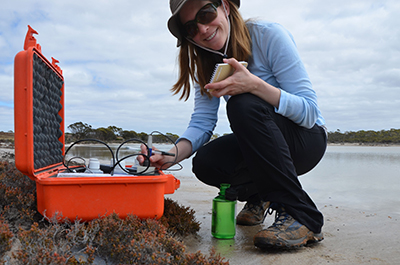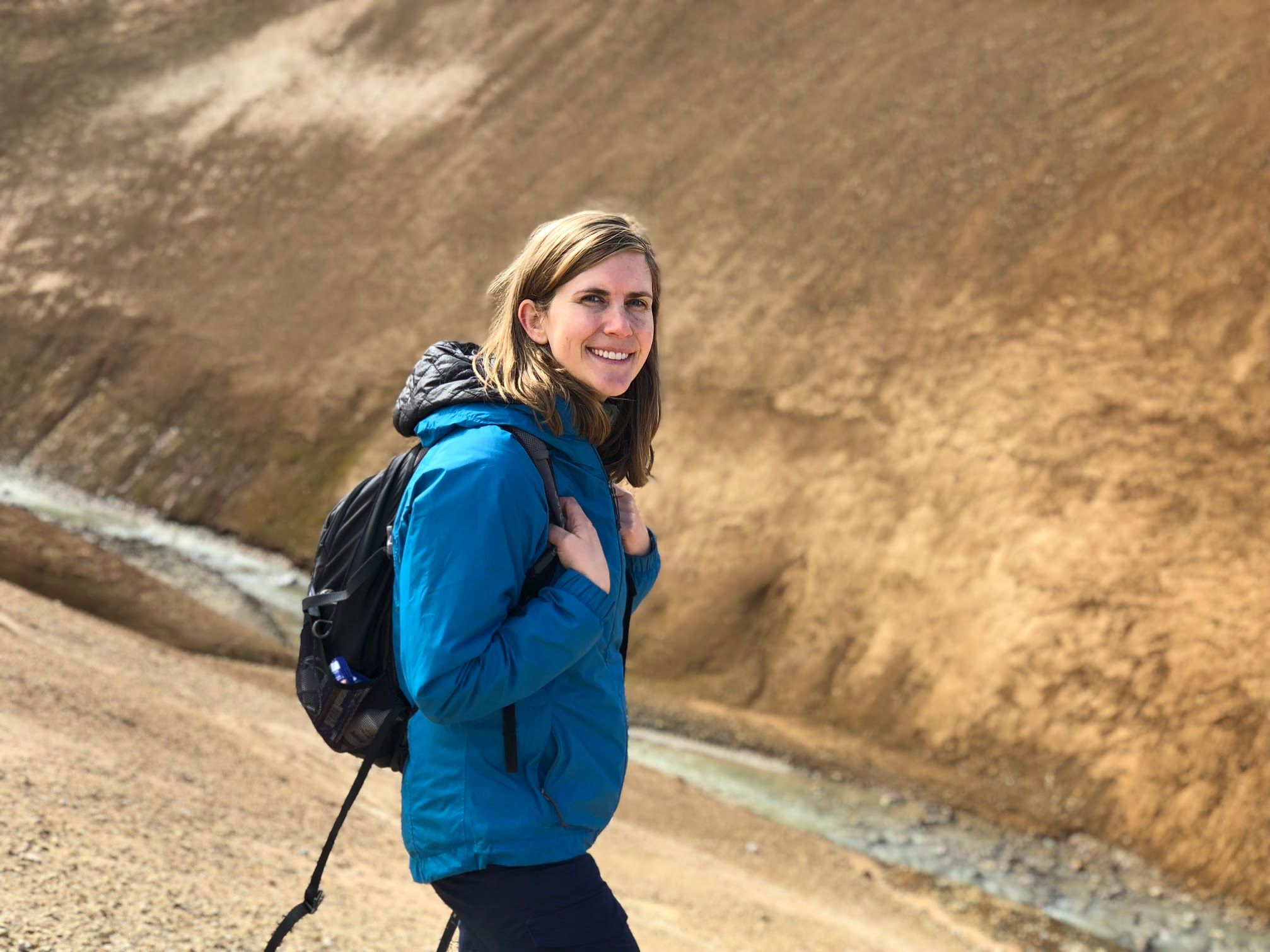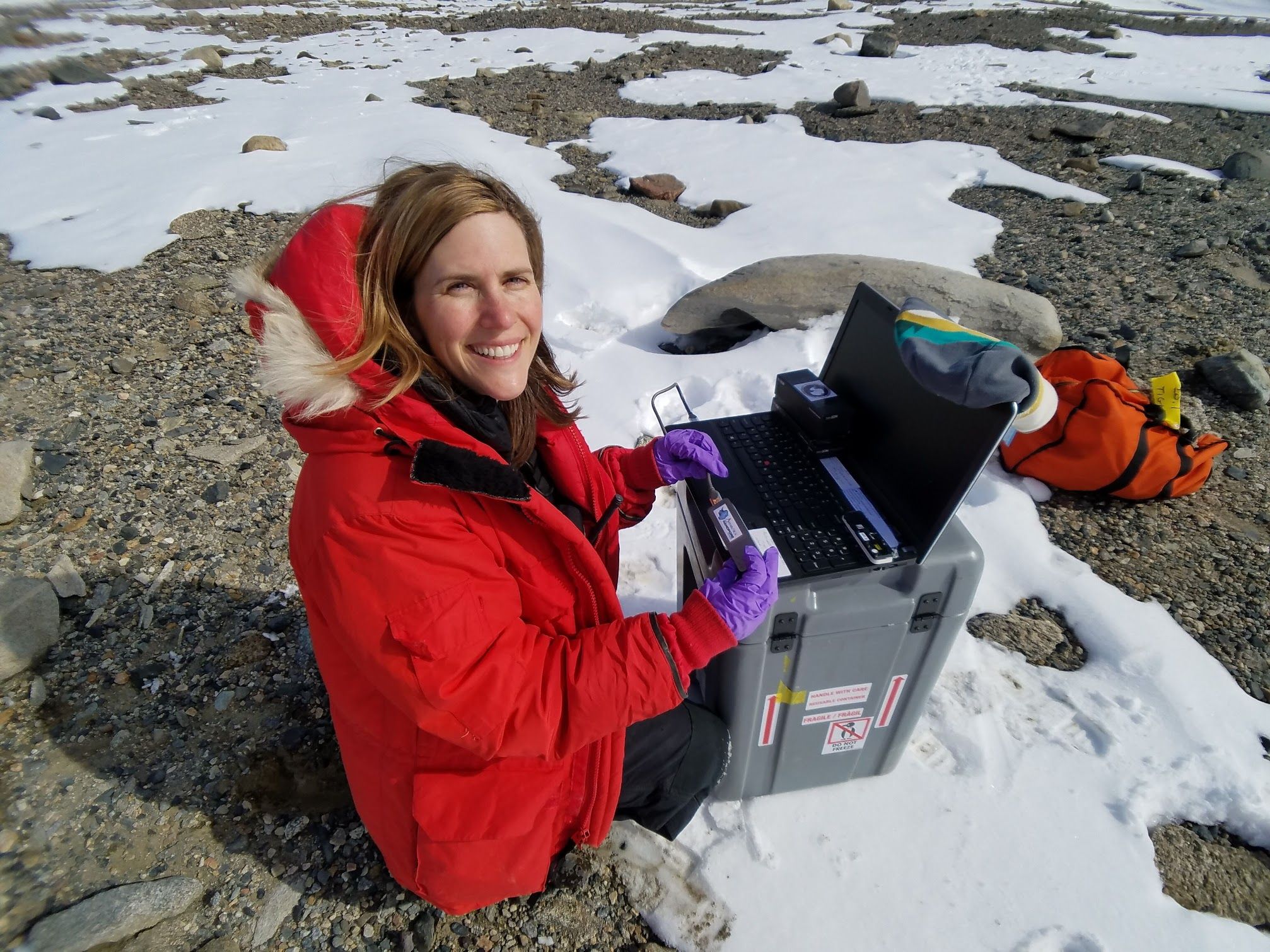Sarah Stewart Johnson
Georgetown University
Citation
Dr. Sarah Stewart Johnson’s considerable creativity, dedication and team building skills are focused on creating and utilizing a variety of research protocols to identify even “life as we don’t know it” from our terrestrial experience base. She brings the inspiration and excitement of this task to her numerous public engagement and outreach activities. Sarah has continually been engaged in active missions and in future mission studies. Just for Mars these include the Spirit, Opportunity and Curiosity rover missions. She has served as a visiting researcher at the Jet Propulsion Laboratory, a White House fellow and policy analyst and a visiting scientist at NASA Goddard in the Planetary Environments Laboratory. Her current research from her institutional base as the Provost’s Distinguished Associate Professor of Planetary Science in the Department of Biology and School of Foreign Service Science, Technology, and International Affairs Program at Georgetown University continues to advance the theoretical basis and the measurement protocols that can enable the search for agnostic biosignatures in planetary missions. Together with her students, postdoctoral fellows and many collaborators at a variety of national and international institutions she provides competent and creative leadership and inspiration that builds a strong foundation for this challenging and transformational task. Sarah’s public outreach contributions are prolific and compelling, including numerous writings for the public; invited talks (nearly 40 in the past 10 years); and podcasts, radio and television appearances that bear witness to her dedication to engaging the public. Sarah’s writing for the public has appeared in the New Yorker, the New York Times, the Los Angeles Times, the Boston Globe, the Harvard Review, and the Best American Science and Nature Writing. Alongside NASA events and multiple outreach programs for students, she has given public lectures about space exploration for the Smithsonian, the Atlantic Festival, the Bell Museum, ChickTech, CogX, the How To Academy and the Library of Congress’s Blumberg Dialogues. She has also appeared in popular podcasts with the Guardian, Wild Thing and the Planetary Society as well as radio interviews for the BBC and Public Radio International’s Living on Earth. Recent attention to the excitement of the search for life on Mars has been brought to the public with Sarah’s captivating book The Sirens of Mars: Searching for Life on Another World, which was a New York Times Editor’s Choice and was selected as one of the New York Times 100 Notable Books of 2020.
— Paul Mahaffy NASA Goddawrd Space Flight Center Greenbelt, Maryland
Response
Athelstan Spilhaus was a dreamer, an inventor, a futurist and an individual with an extraordinary sense of the possible. Before penning his famous techno-utopian comic strip, he flew planes so high chasing meteorological measurements that he nearly blacked out. He took all kinds of risks — like living in a cave in China and driving from South Africa to Egypt mostly off-road. Through the Sunday funnies, he found his way into the homes of scores of children. When his academic colleagues criticized him for being undignified, he asked, “Which of you has a class of five million every Sunday morning?”
Because of people like Spilhaus, the generations of scientists who followed have had far more latitude to journey outside the pages of the scientific literature. I, for one, started writing when I was a small girl. I still remember the pink diary, complete with a tiny key, that I received as a gift when I was five, around the same time I began to be fascinated by the mysteries of the natural world. I started scribbling then and have never really stopped, and I’m so glad I didn’t have to leave writing behind as I began my career as a planetary scientist. There were so many compelling and profound things about my chosen field — searching for life in the universe — that would never find expression in scientific journals. I’ve collected such things over the years, the same way I used to collect acorns and pebbles. In many ways, publishing them has felt far more scary than publishing scientific results. But I’m so glad to be part of a community where such things are no longer seen as undignified.
I know there are scores of scientists who are just as deserving as me of recognition for conveying the excitement, significance and beauty of their work in Earth and space science: I have a dozen books on my bookcase, written this year alone, by scientists who have captured my imagination with their words, to say nothing of all the other forms of public engagement. Nevertheless, I’m touched to have an aspect of my work that means so much to me recognized as meaningful to others. Thank you to Paul for these exceptionally kind words; thank you to all my colleagues, students, friends and family members for supporting me; and most of all, thank you to AGU for this great honor.
— Sarah Stewart Johnson
Georgetown University
Washington, D.C.
Field Photos





